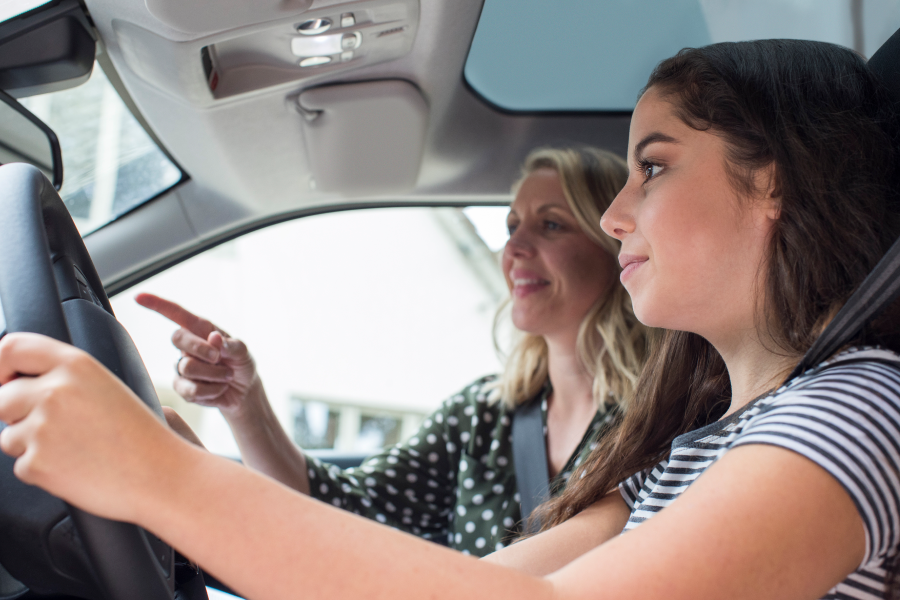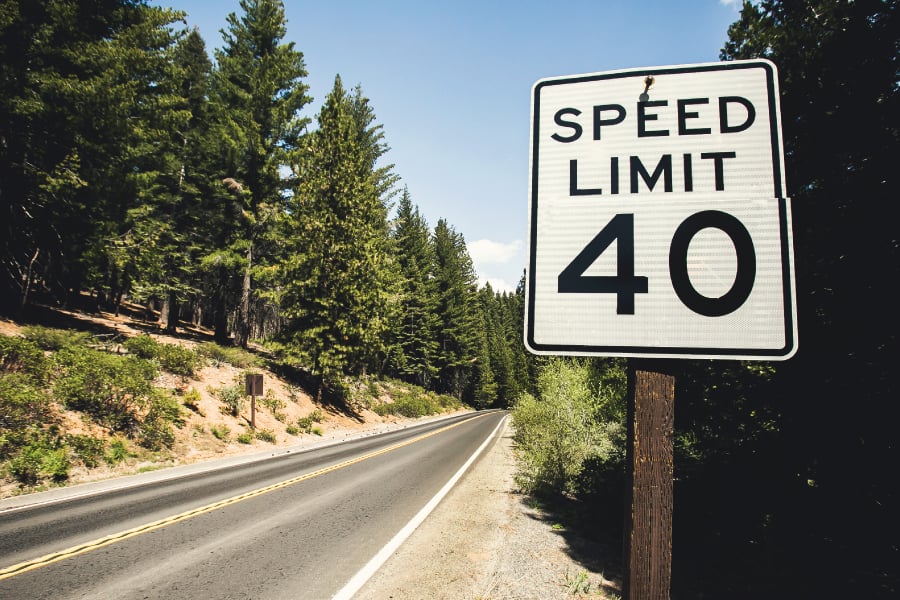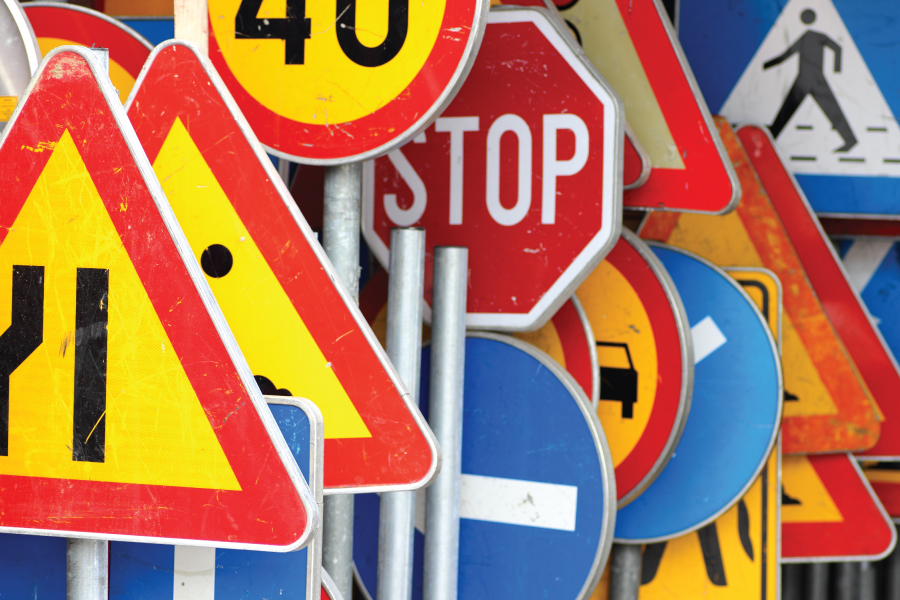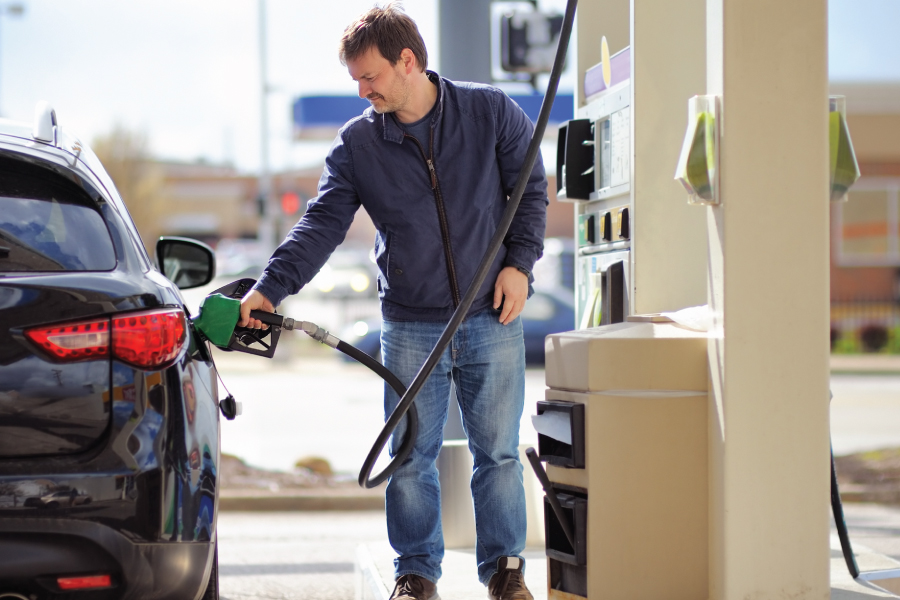Safety Tips for Teen Drivers

Teenage years are an exciting period for teens, as they gain a little more sense of independence with driving. It’s also an exciting but anxious time for the parents of new teen drivers, and understandably so. Teenagers have the highest crash rate of all drivers on the road. According to the AAA Foundation for Traffic Safety, new teen drivers ages 16-17 years old are three times as likely to be involved in a deadly crash for every mile driven compared to adult drivers.
Many teens site their parents as major influences in their life, so it’s critical for parents to have continuous conversations with their kids about the importance of driving safely, it’s critical for parents to have continuous conversations about driving safety. AAA encourages parents and teens to take the time to discuss these risks of driving. Here are some of the risky driving behaviors and tips to help keep teen drivers safe on the road.
Speeding: Discuss the importance of adhering to posted speed limits and knowing when to slow down for bad road or weather conditions. In a five-year study from 2016, AAA discovered that speeding was a factor in over one-third of all fatal crashes that involve teen drivers. A majority of speed-related crashes happen during inclement weather and on other problematic road conditions, like traffic stops or winding roads, so be sure to train your teen driver on how to manage their speed during specific scenarios.
Distractions: A AAA study found that interacting with passengers and cell phones were the most frequent distractions for teen drivers. Research shows that the probability of crashing increases by four times when talking on the phone while texting and driving increases the risk by over twenty times. Talking or texting on the phone while behind the wheel significantly reduces your teen’s ability to react to a roadway hazard or inclement weather.
Driving under the influence of alcohol or drugs: Impaired driving should never be an option. Consuming alcohol or other drugs in any amount makes them unfit to drive and can result in a DUI or worse. While it can be harder to recognize, driving while drowsy is also considered an “impairment” and increases crash risk. Impaired driving affects judgment, reaction times, and awareness, which makes it especially dangerous for teen drivers whose inexperience already places them more than four times the crash rate as adults.
Extra passengers: Research has shown that the risk of a fatal crash increase in direct relation to the number of teenagers in the car. According to a NHTSA study, teen drivers are two-and-a-half times more likely to engage in one or more potentially risky behaviors when driving with just one teenage passenger, compared to when driving alone. This same study revealed that teen drivers were three times more like to engage in one or more risky behaviors when traveling with multiple passengers compared to when driving alone.
Prepare with practice: Plan to log at least 100 hours of driving practice with your teen before letting them drive solo. Expose them to different situations while driving together – night and day, freeways and gravel roads, sunny days and wet weather – to increase their experience.
Set a good example: Show your teen that you take driving as seriously as you expect them to. Avoid speeding and distractions. Always wear your seat belt. Obey traffic laws. Never drive impaired.
Lay out the rules of the road: Research shows that teens report engaging in less risky behavior when there is a formal agreement to establish driving boundaries. Visit TeenDriving.AAA.com for a sample agreement and other information to help parents and teens navigate the learning-to-drive process.





